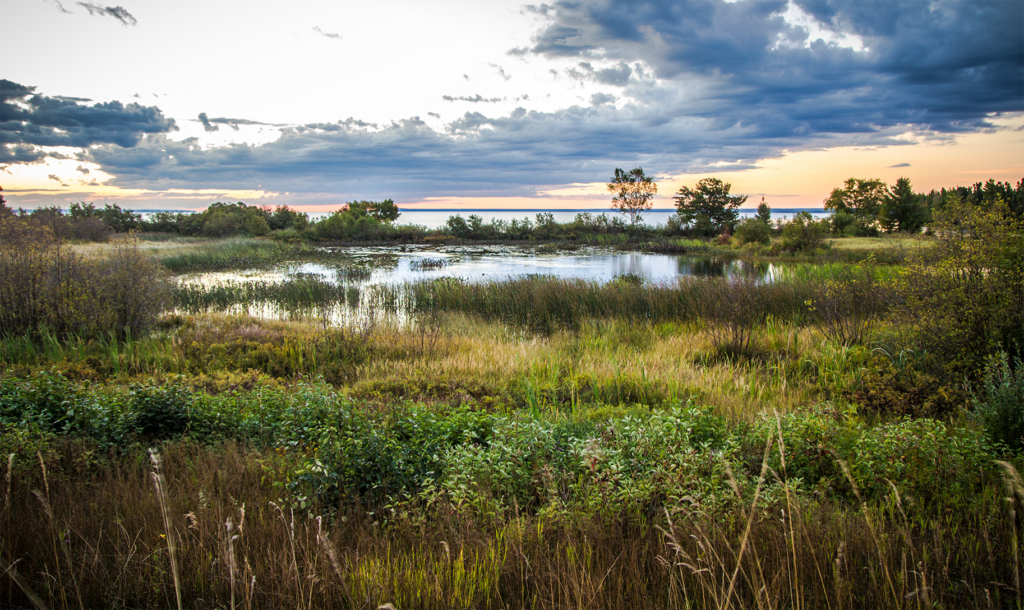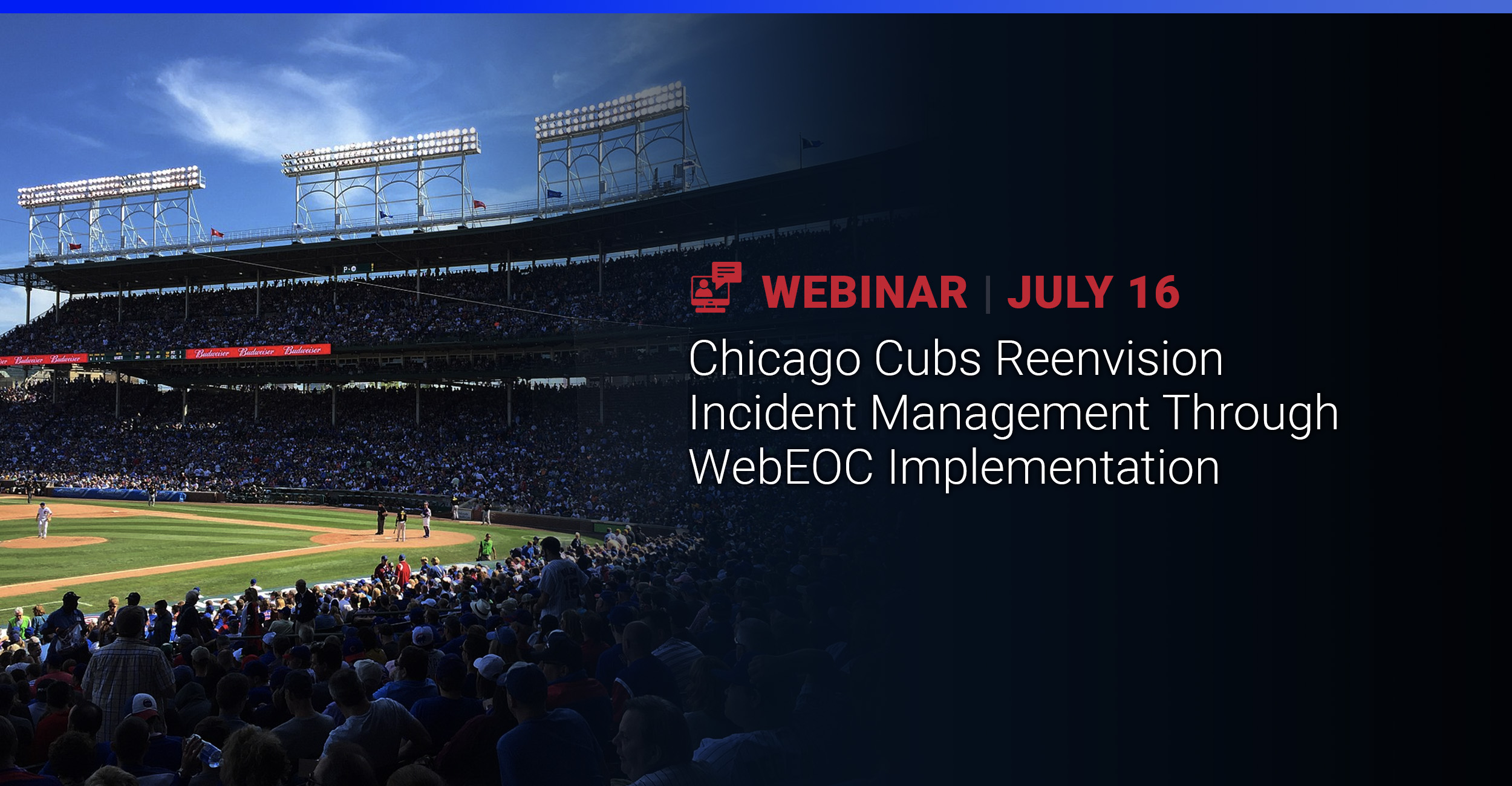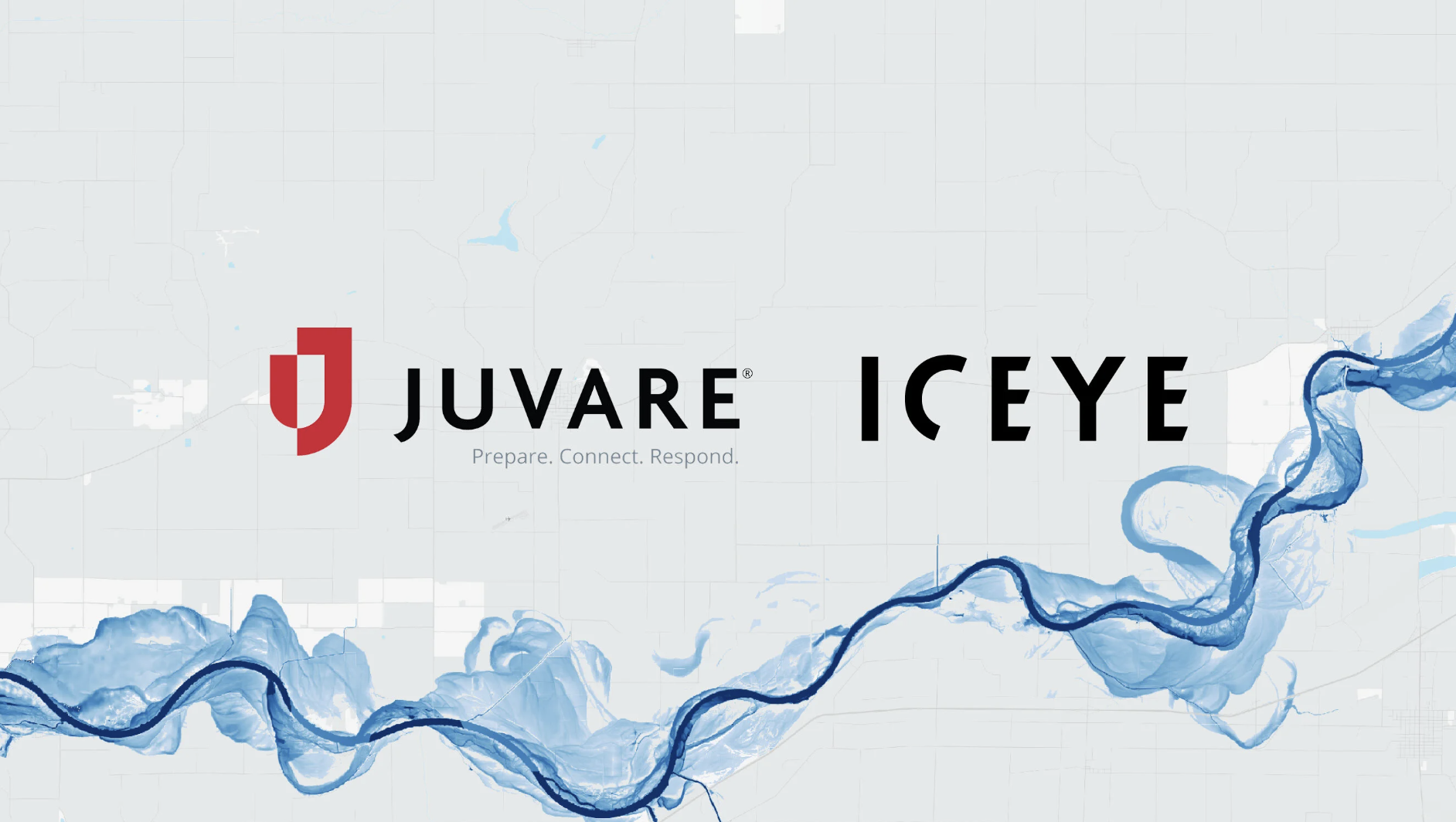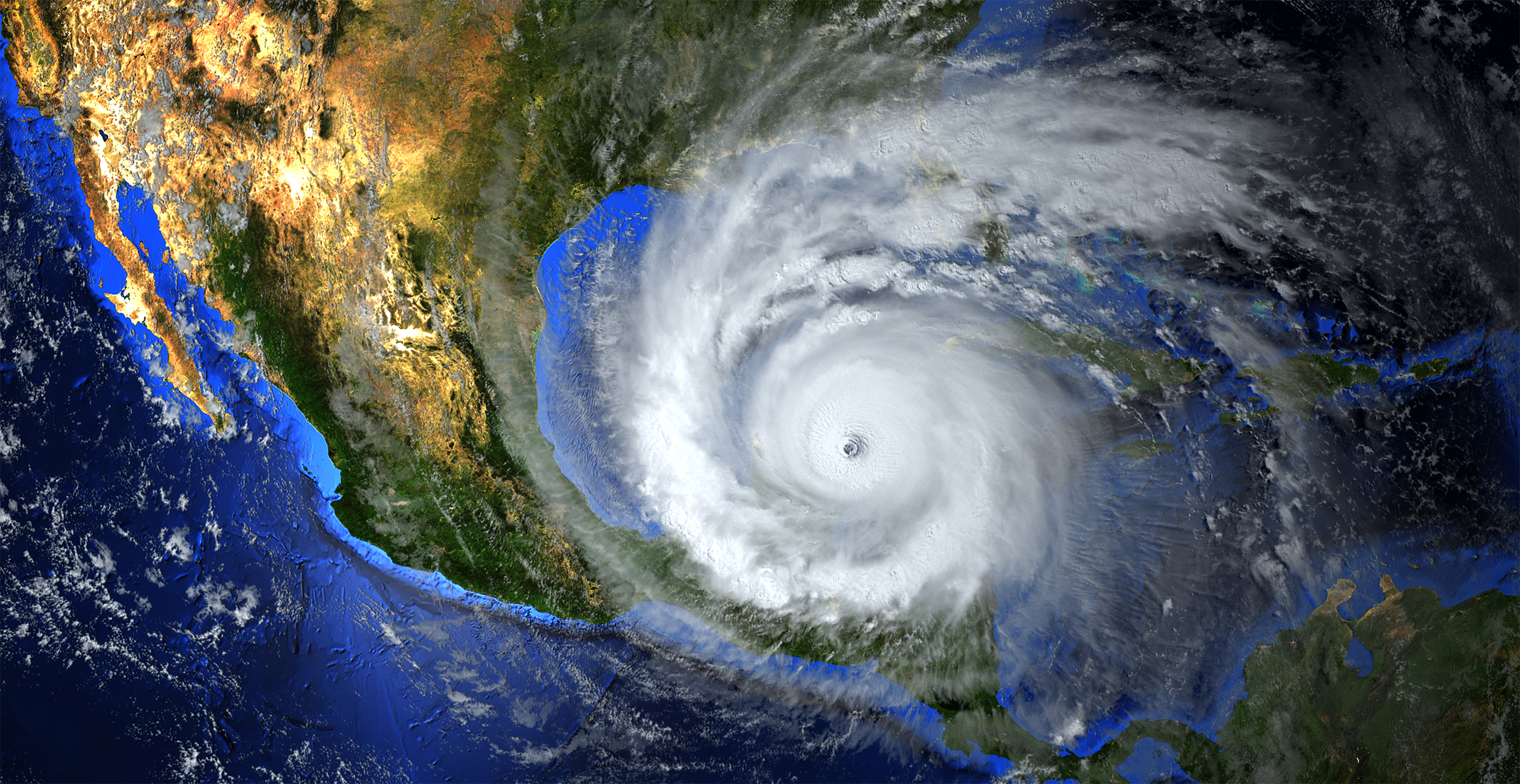Wetlands play a crucial role in flood prevention, acting as natural buffers that absorb excess water and reduce the severity of flooding across the Midwest. A recent study found that wetlands in Wisconsin and surrounding states provide $23 billion in annual flood control benefits, preventing widespread damage to homes, businesses, and infrastructure. However, these critical ecosystems are under threat due to land development, agricultural expansion, and changing federal policies, increasing flood risks for vulnerable communities.
The Science Behind Wetlands as Flood Barriers
Wetlands function as nature’s flood control system, storing and slowly releasing excess water during heavy rainfall. Studies show that:
- One acre of wetlands can store up to 1.5 million gallons of floodwater, significantly reducing runoff into rivers and urban areas.
- Wetlands in the Upper Mississippi River Basin reduce peak flood heights by as much as 29%, preventing catastrophic damage.
- Coastal wetlands absorbed $625 million in property damage during Hurricane Sandy alone, demonstrating their role in mitigating storm surge and river flooding.
Without wetlands, stormwater has fewer places to go, overwhelming drainage systems and causing flash flooding in urban and rural communities alike.
The Growing Threat to Midwest Wetlands
Despite their immense value, wetlands are disappearing at an alarming rate. Over 50% of the Midwest’s original wetlands have been lost due to urbanization, drainage projects, and agricultural expansion. Recent changes in federal policies have weakened protections under the Clean Water Act, leaving many remaining wetlands vulnerable to destruction.
With climate change increasing the frequency and severity of extreme rainfall events, losing wetlands means greater flood damage, higher disaster recovery costs, and increased strain on emergency response systems.
Using Technology to Strengthen Flood Resilience
At Juvare, we recognize that while wetlands are a natural flood solution, technology plays a critical role in flood preparedness and response. Our solutions support emergency management teams before, during, and after flooding events:
- Crisis Track helps local governments conduct real-time damage assessments after floods, streamlining FEMA reporting and expediting financial assistance for impacted communities.
- WebEOC enables emergency operations centers (EOCs) to coordinate flood response efforts across multiple agencies, ensuring a fast, organized, and effective response.
- EMResource helps hospitals and emergency services track real-time medical facility availability, ensuring flood-displaced individuals receive the care they need.
By integrating data-driven technology with natural flood mitigation strategies, we can create a comprehensive flood resilience approach that prioritizes both disaster preparedness and long-term environmental sustainability
A Call to Action: Prioritizing Wetland Protection
Communities across the Midwest cannot afford to lose wetlands. Their ability to reduce flood severity, protect infrastructure, and lower disaster recovery costs makes them one of the most cost-effective flood mitigation strategies available. Investing in wetland conservation today will save billions in future disaster response efforts.





















